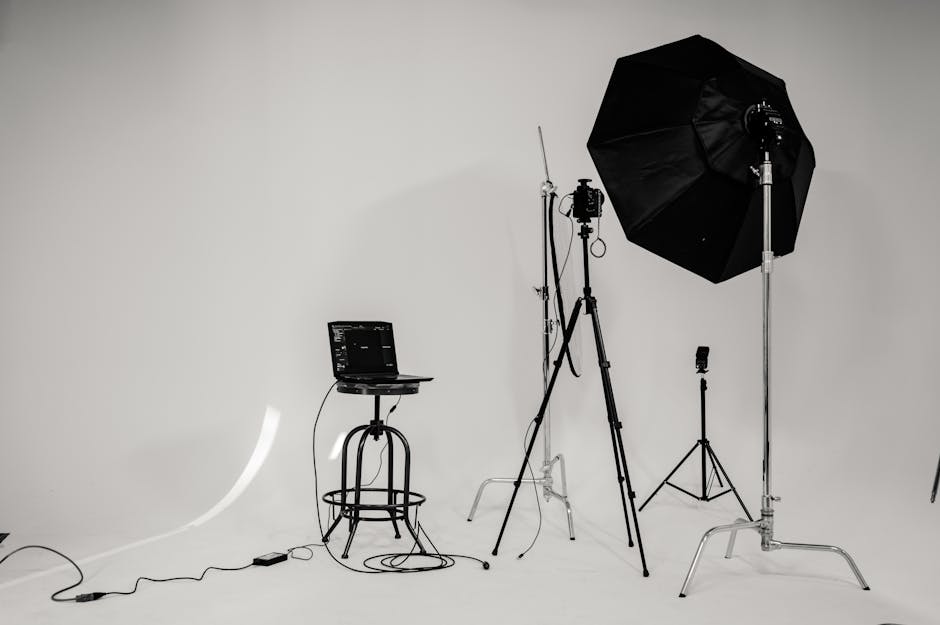How to Turn Photography into a Lucrative Side Gig

Photography goes beyond a pastime for many individuals; it is seen as an artistic expression that captures fleeting moments narrates stories and stirs emotions. Apart from the satisfaction it brings photography also presents opportunities for earning extra income. With the rising demand for notch visual content across various sectors like social media and marketing transforming your passion into a profitable venture has become more achievable than ever before.
Understanding the Dynamics of the Photography Industry
As per Statistas data the global photography market reached a value of around $36 billion in 2020. Is expected to experience steady growth. This expansion is driven by the escalating requirement for high quality images on platforms such as websites, advertisements and social media.
Having a grasp of the market demands is crucial before delving into this field. While traditional photography genres like wedding and event coverage remain popular there is also an emerging interest in niches such as food photography, real estate photography and product imagery. Identifying a niche that resonates with your expertise and passions can help you differentiate yourself amidst competition.
To kickstart This analysis will offer insights into what clients value and where you can establish your unique position, in the market. Moreover keeping up with the trends and continuously honing your skills through online courses or workshops can give you a competitive edge.
Necessary Tools
While creativity plays a vital role in photography having the appropriate equipment is equally crucial. Investing in high quality gear will not enhance the quality of your work but also establish you as a professional in the eyes of potential clients. You don't have to purchase everything all at once. Begin with equipment and gradually upgrade as you gain more experience and income from your side hustle. Additionally consider renting premium equipment if needed than buying it outright.
| Tools | Purpose |
|---|---|
| Camera (DSLR or Mirrorless) | The cornerstone of your setup; opt for one that matches your style— |
| Lenses | Various lenses offer focal lengths; prime lenses are excellent for portraits while wide angle lenses are perfect for landscapes. |
| Tripod | Crucial for capturing shots particularly in low light situations or when taking long exposures. |
| Lighting Equipment | Quality lighting can make a difference in a photos outcome; think about investing in softboxes or external flashes. |
| Editing Software (e.g., Adobe Lightroom) | Post processing is essential for refining your images; software like Lightroom provides tools, for color correction and enhancement. |
Creating a Portfolio and Establishing an Online Presence
Your portfolio serves as your introduction in the field of photography. A compelling portfolio not showcases your top notch work but also reflects your unique style to potential clients. Begin by curating a selection of photos that capture various aspects of your artistry. Equally essential is having an online presence. Develop a website where you can exhibit your portfolio and share details about the services you offer. Platforms such as Squarespace or Wix provide templates that enable you to craft a professional website without requiring advanced technical expertise. Additionally make use of media platforms like Instagram or Pinterest to broaden your reach.
- Crafting an Engaging Website: Ensure that your website is user friendly with sections dedicated to showcasing your portfolio outlining pricing details and offering contact information.
- Harnessing Social Media: Consistently share content on media platforms frequented by potential clients. Employ hashtags to enhance visibility.
- Networking Efforts: Participate in gatherings or online photography communities to expand your network. Networking can lead to referrals and partnerships that may facilitate the growth of your photography business.
A managed online presence enhances credibility and simplifies the process for clients seeking photography services.
Determining Pricing for Your Services
Setting prices is, among the complex aspects when transitioning photography into a side venture. Setting your rates low may result in not covering your costs while setting them too high could potentially scare away clients. Finding a balance between pricing and ensuring profitability is crucial.
Start Use this information to calculate a rate that compensates you fairly for your time and covers overhead expenses. Consider offering package deals with service levels at various price points to provide flexibility for both you and your clients. Be upfront about any charges like travel expenses to avoid surprises later on.
Navigating Legalities and Contracts
When it comes to matters and contracts they are often overlooked by new freelance photographers but are essential for protecting yourself legally. Drafting contracts that clearly outline terms such as payment schedules and usage rights of photos taken during sessions is crucial in preventing conflicts in the future.
- Ensure that all agreements: with clients are formalized through written contracts that clearly define deliverables and deadlines.
- Getting the licenses: Depending on your location and the type of work you do you might need specific licenses. For instance if you're running a freelance business time as opposed to occasional gigs certain licenses may be mandatory. Make sure to research the requirements diligently!
- Considering insurance: It's important to think about getting insurance that is customized for photographers and covers liabilities related to accidents or equipment damage during photo shoots.
If you have any uncertainties regarding matters it's advisable to consult with professionals who specialize in these areas before moving forward.
Finding a Balance Between Passion and Profitability
Engaging in photography as a side hustle goes beyond earning extra cash; it presents an opportunity to transform your creative passion into something that is both personally fulfilling and financially lucrative. It's not about capturing images; it involves developing a skill set that can open up avenues for new opportunities
The key to success lies in preparation. Having a clear vision of your goals. It's not about short term gains; it's about creating something that resonates with your interests and offers the potential, for sustainable success.
If you have a passion for photography consider delving into it beyond just a pastime.
